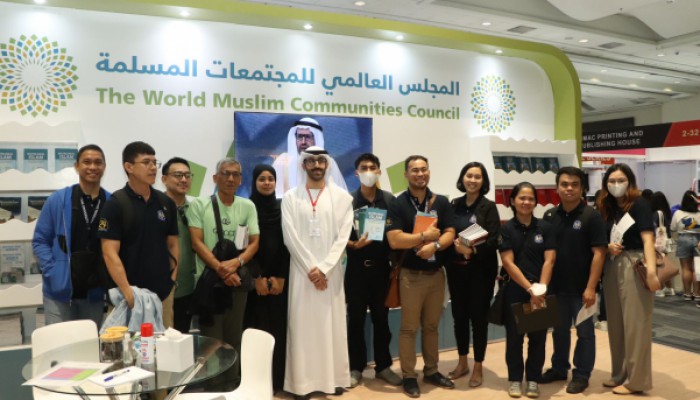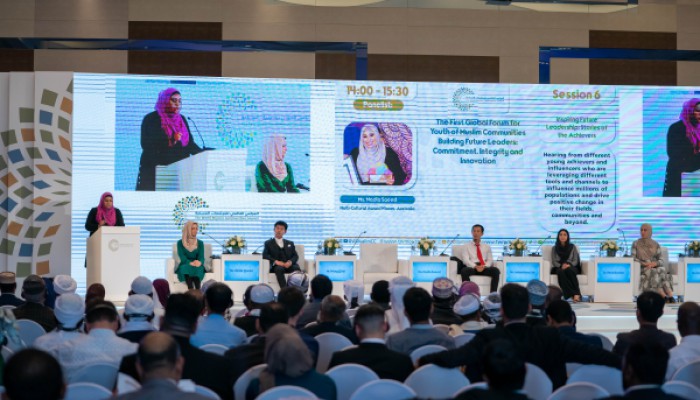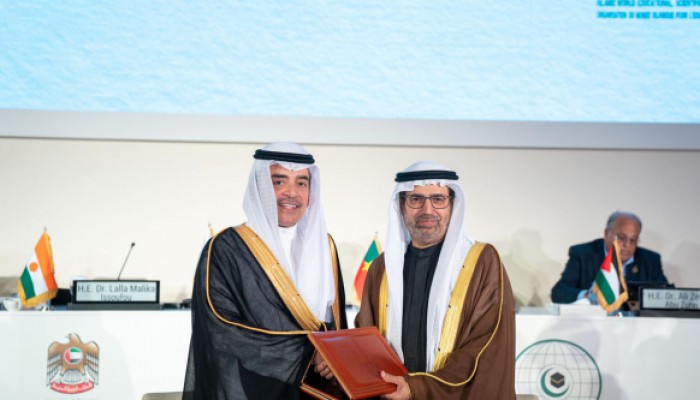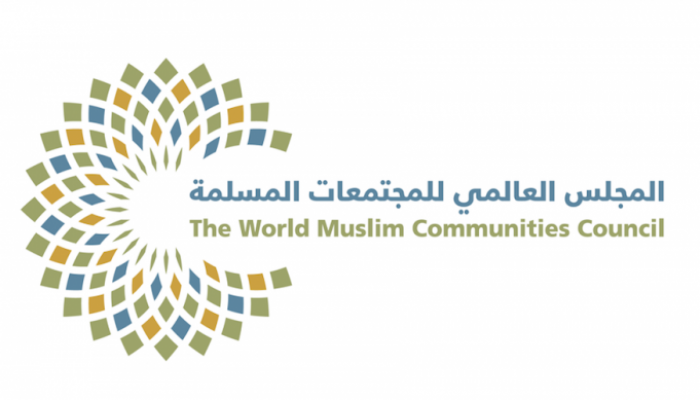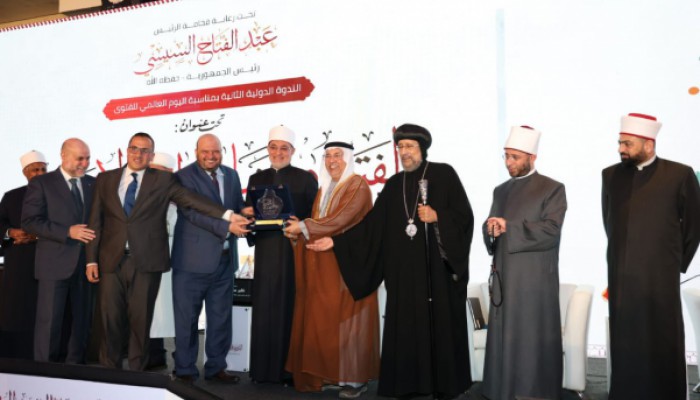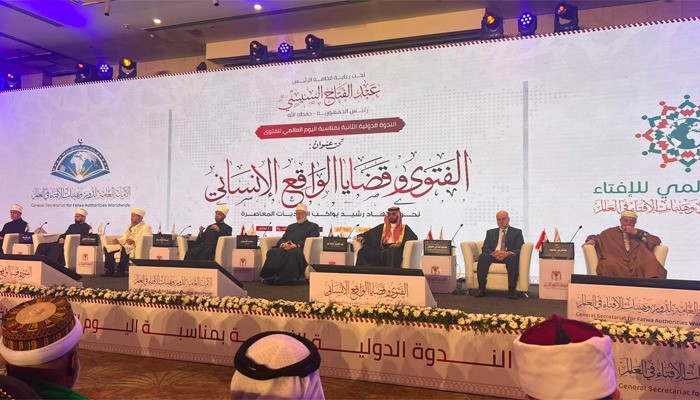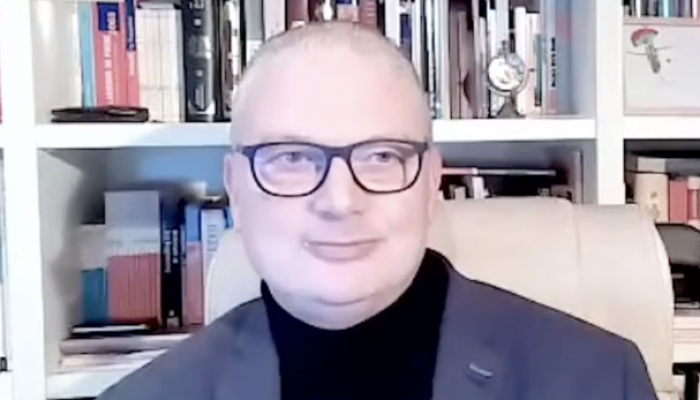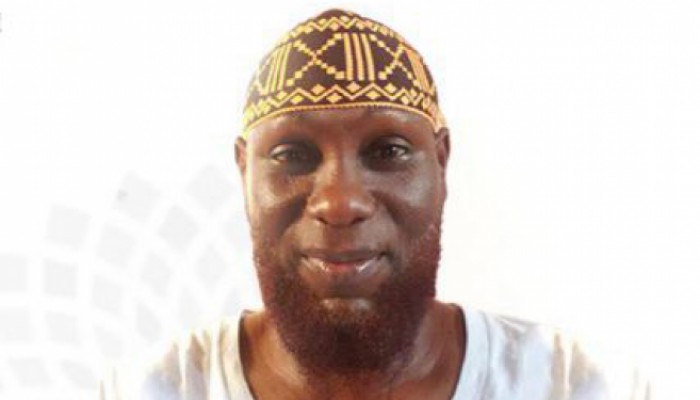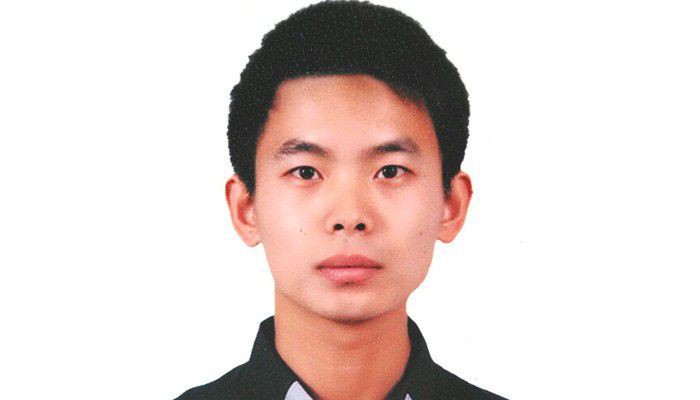
TWMCC Holds 'Islamic Arts' Online Lecture
- 2024-Oct-03
The World Muslim Communities Council (TWMCC) held an online lecture, titled 'Islamic Arts,' presented by Ghalamdin Wang Qifei, Arabic calligrapher, China, within the Council's series of lectures.
Ghalamdin Wang Qifei confirmed that Arabic calligraphy was historically employed in ancient writing and flourished significantly when companions and followers of the Prophet Muhammad engaged in writing and copying the Holy Quran, and pointed out that this art was not limited to the Arab world, but rather spread embellishing numerous locations around the world.
He also spoke about the transfer of Arabic calligraphy to Iraq, where it was called 'Kufi' after the city of Kufa, stressing that Arabic calligraphy was disseminated alongside the spread of Islam across the globe, particularly as the Quran was written in Arabic.
He explained that Arabic calligraphy played a pivotal role in preserving the Qur'an, but different forms of calligraphy appeared with the spread of Islam as different tools were used.
The Chinese calligrapher also referred to the historical relations between China and Arab nations during the Tang Dynasty, the golden age of Chinese civilization, as Islam spread to China in 626, with mosque-based education commencing in the late Ming Dynasty.
He also stressed that numerous artifacts bearing Islamic art and Arabic calligraphy have been discovered in China, which indicates the profound influence of this art throughout history.
TWMCC is an international non-governmental organisation that functions as a think tank. It supports Muslim community organisations and associations by helping them improve their operations, collaborate effectively, and adopt innovative approaches.
